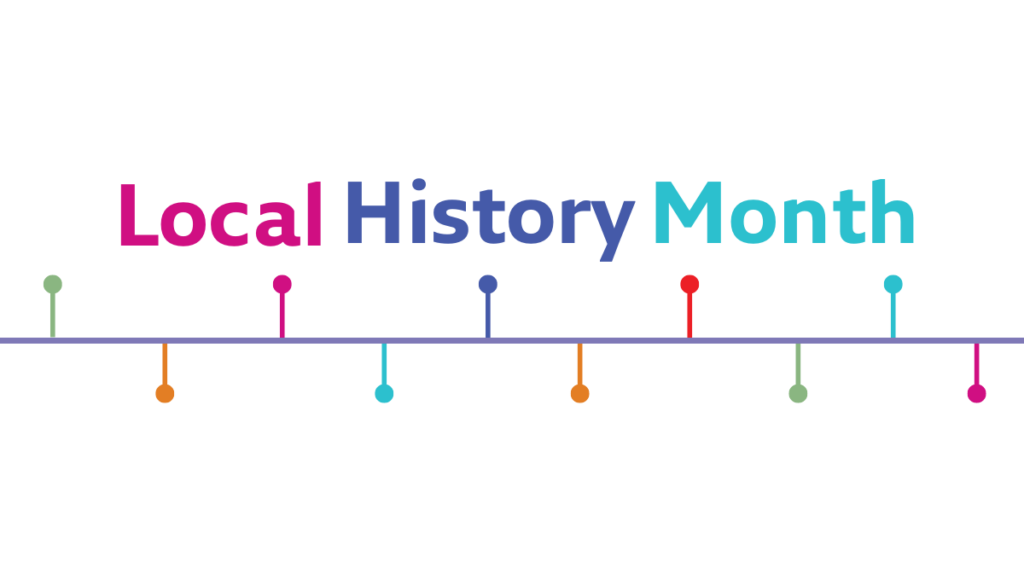By Dr Simon Henderson
The outpouring of compassion by the British public after the refugee crisis following the Russian invasion of the Ukraine has prompted some commentators to contrast responses to white European migrants, with migrants of colour, both now and in the past. In April of this year, we will reach the 54th anniversary of Enoch Powell’s infamous ‘Rivers of Blood’ speech. The then member of the Conservative shadow cabinet used provocative, ugly, racist language to call for reduced immigration to Britain from the Commonwealth as Parliament debated a new Race Relations Bill. Studying Powell’s speech in context allows your Key Stage 3 students to make connections between then and now, and illuminates the path ahead as we look back and learn from the past.
1968, a turbulent year
Viewing the twentieth century through the lens of the social history of the western world, there is a case to be made for 1968 as perhaps one of the most turbulent. Narrowing the focus still further, to look at race relations on both sides of the Atlantic, then 1968 is a year in which the very fabric of civil society was fraying at the edges. In the United States, Martin Luther King was assassinated. Anti-war demonstrations and protests for racial equality brought violence and discord to the streets of American cities; the likes of which were not witnessed again until the height of the Black Lives Matter movement in Summer 2020. In Britain, the streets did not witness the same violent rage and the social and political debates were not so vituperative, serious questions were being asked about the shape of British society, and indeed the very concept of Britishness. Commentators today talk about the reignition of the ‘culture wars,’ well such conflicts burned ferociously in 1968.
Echoes of the past
My own study of Powell’s words started when working in conjunction with Newcastle University on the Freedom City initiative in 2017. A series of events took place to mark the 50th anniversary of King receiving an honorary degree from the institution. In the sort of twist of fate and human connection that makes history so real, the grandmother of one of my own students, then an undergraduate, was one of the lucky few who met King in Newcastle back in 1967. An interview reflecting on her experiences formed the centrepiece of an event we organised as part of the Freedom City programme, and we also took students to see a film made by Dr Ian McDonald entitled FREEDOM.
The film was shown on a multiple screen installation that contrasted images from 1968 with the present. Particularly striking was the footage of factory workers from Gateshead (the other side of the River Tyne from Newcastle) speaking of their support for Powell’s words. Not long after, I visited the North East Film Archives and watched the TV news footage in full, as well as interviews with students from January 1969 when there were protests against Powell speaking at a college in Newcastle. As I drove home from the archives there was a phone-in on the radio, and a heated debate about the Brexit referendum result and immigration. The echoes of the past were loud and clear.
Teaching the speech in context
The resonance of those voices, past and present, were key when thinking about designing the lesson and modelling video that focuses on reactions to Powell’s ‘Rivers of Blood’ speech in the Black British History KS3 Teacher Resource Pack. I wanted students to analyse his words in context and consider the response he received. Powell’s insidious claim that simply living in a country did not mean you were part of the national community, and that skin colour was a crucial signifier of national identity, came at a time when a new Race Relations Act was being prepared in Parliament. This followed increased immigration from Africa, Asia and the Caribbean in the post-war period. The Act prohibited racial discrimination in housing, employment and public services but was made law in the same year that the Commonwealth Immigration Act was passed, significantly reducing the number of ethnically minoritised immigrants who could come into the UK.
Official condemnation of Powell (he was sacked from the shadow cabinet) did not hide the fact that the immigration legislation of the same year tried to reduce the number of the very immigrants Powell spoke so perniciously about. Nor did it disguise the inherent contradiction between a Race Relations Act attempting to end discrimination and a Commonwealth Immigration Act signalling that ethnically minoritised arrivals were not welcome. Students explore this important context in the lesson on Powell.
Voices then and now
It is this context that provides the background for listening to the voices of people at the time. Those voices, like the recollections of my student’s grandmother who met Dr King, and the candid factory workers who walked out in support of Powell, are what weaves the past together into a coherent narrative that we want students to understand. There is a striking moment in the footage of those factory workers when one is asked by the news reporter if he is supporting Mr Powell’s right to free speech or simply airing his own prejudices. The man looks directly at his questioner and replies, ‘I am airing my own prejudices.’
Using footage from the British Pathé and ITV news archives, the lesson in the Black British History KS3 Teacher Resource Pack invites students to try and understand why these prejudices existed and what was said to combat and protest them. The modelling video that accompanies the unit of work shows students how to use evidence and context to test the extent to which British people at the time supported Powell’s ideas. The lesson ends with a comparative analysis of attitudes in 1968 and early in the 21st century, when the then Conservative Home Secretary, Theresa May, promised to create a ‘hostile environment’ for illegal immigrants that eventually led to the Windrush scandal.
Hearing the voices of prejudice, and those that speak against them, is central to understanding why they exist, where they come from and how context shapes them. When trialling this lesson with my own students one of them said, “we have never learned about this before, but we really need to.” She understood that the voices of prejudice were not silenced in 1968. They find echoes on social media all around us and malicious assertions about what it is and is not to be British seeps into our collective consciousness. We may never silence them, but the classroom is where students can learn to recognise and interrogate them, lending their own voices to the effort to shape a more inclusive, tolerant and just future.
Dr Simon Henderson has been teaching history for twenty years with experience at all secondary key stages as well as undergraduate level. As well as authoring the Collins Black British History KS3 Teacher Resource Pack, he has written widely on race relations and the Black freedom struggle and organised events for students to explore the history of race relations.
You might also be interested in:
Black history is British History
Simon Henderson and Teni Oladehin, authors of the new Collins Black British History KS3 Teacher Resource Pack, explore how you can integrate Black British history into your KS3 curriculum.




